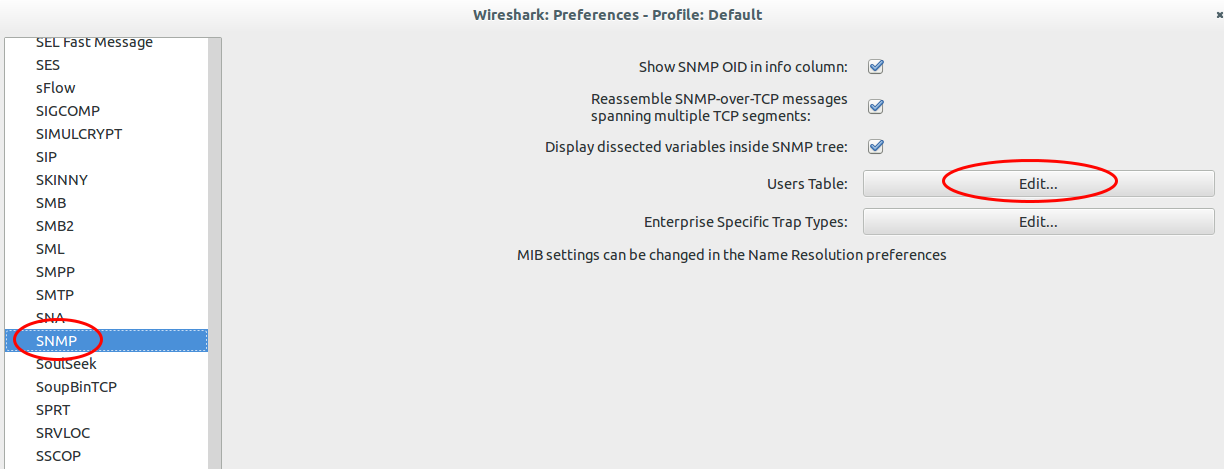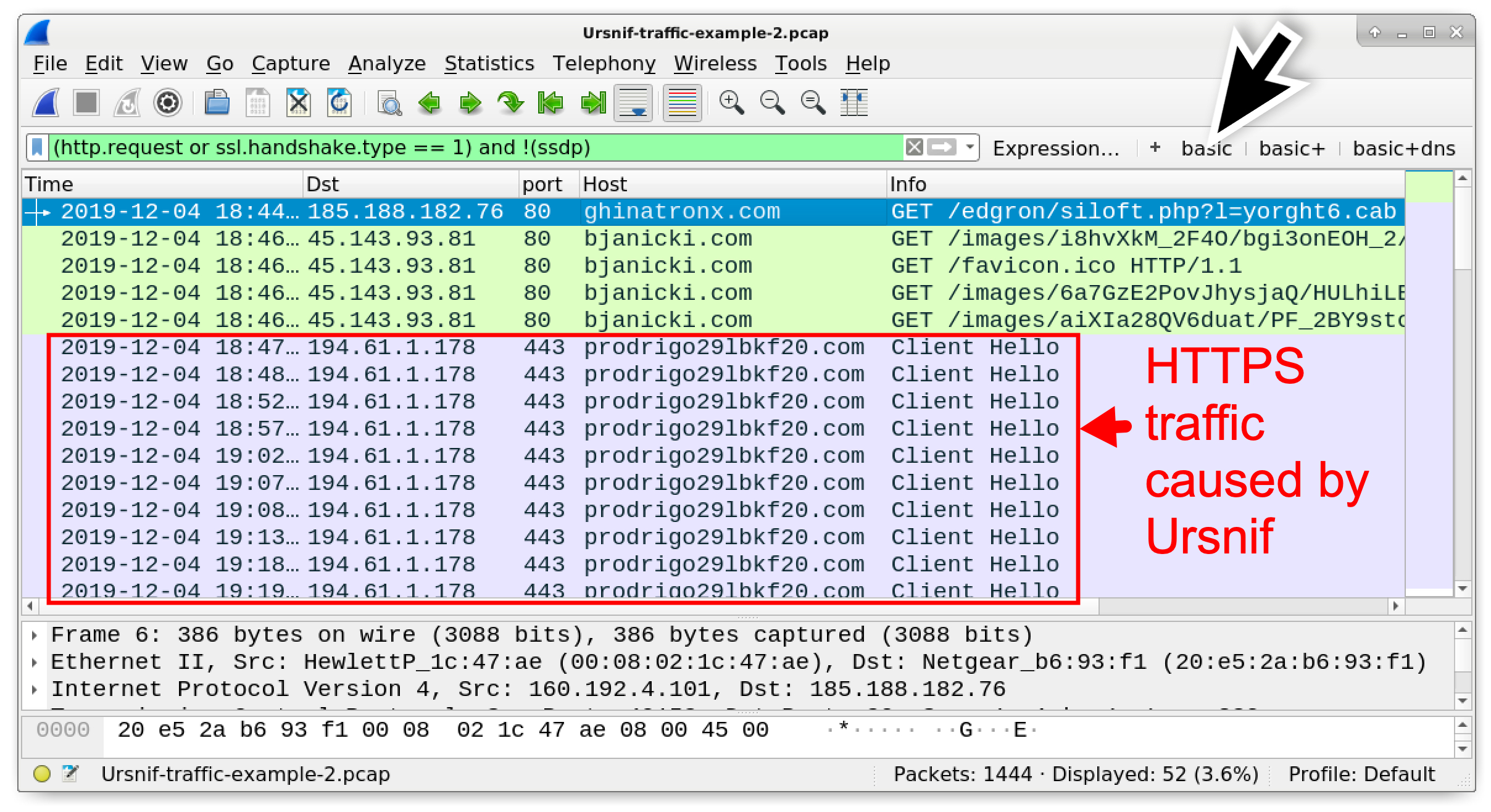

Today, we will examine HTTPS activity from a Dridex malware infection.

With this key log file, we can decrypt HTTPS activity in a pcap and review its contents. Is there a way to decrypt HTTPS traffic?ĭecryption is possible with a text-based log containing encryption key data captured when the pcap was originally recorded. Decryption is possible with a text-based log containing encryption key data captured when the pcap was originally recorded. This Wireshark tutorial describes how to decrypt HTTPS traffic from a pcap in Wireshark. How to decrypt HTTPS traffic from a pcap? Using the private key of a server certificate for decryption The first method is: Using the private key of a server certificate to decrypt SSL/TLS packets. How to decrypt SSL / TLS traffic using Wireshark?Īctually Wireshark does provide some settings to decrypt SSL/TLS traffic.


These keys will only decrypt these specific sessions, so you can distribute them freely. The protocol is therefore also referred to as HTTP over TLS, or HTTP over SSL. It is used for secure communication over a computer network, and is widely used on the Internet. Hypertext Transfer Protocol Secure (HTTPS) is an extension of the Hypertext Transfer Protocol (HTTP). The only way to do this without the server key would be to launch a man-in-the-middle attack, such as with a tool like sslsniff or a proxy server with a known key. It is true that in the general case, you cannot do this. To justify the s of https we agreed not to be able to decrypt network traffic. Note: This method only works with Google Chrome.Use Google Chrome to visit HTTPS website, the (P)MS log file will be automatically generated in the place, which you configured in the system variable.Locate the key file and import the RSA Key file.I added the ssl configuration to the /etc/nginx/sites-enabled/default file the certificate. I created a self-signed certificate with the next command: sudo openssl req -x509 -nodes -days 365 -newkey rsa:2048 -keyout localhost.key -out localhost.crt What I did was to add an Nginx as a reverse proxy. (For testing I am using Postman to create a request to a secure server.) I want to be able to capture and decrypt TLS traffic that one off my internal application (that I don't have access) makes to the internet.


 0 kommentar(er)
0 kommentar(er)
